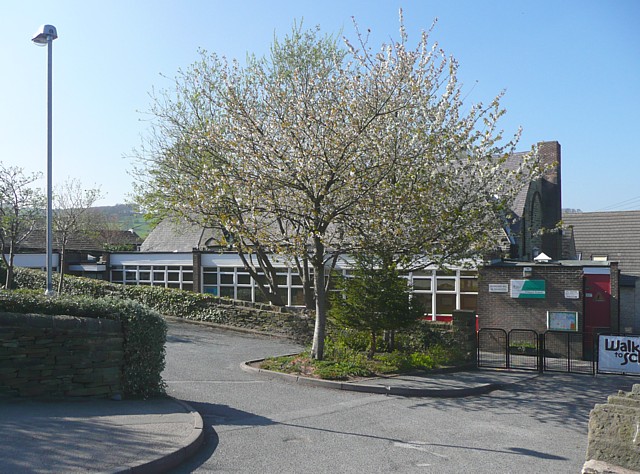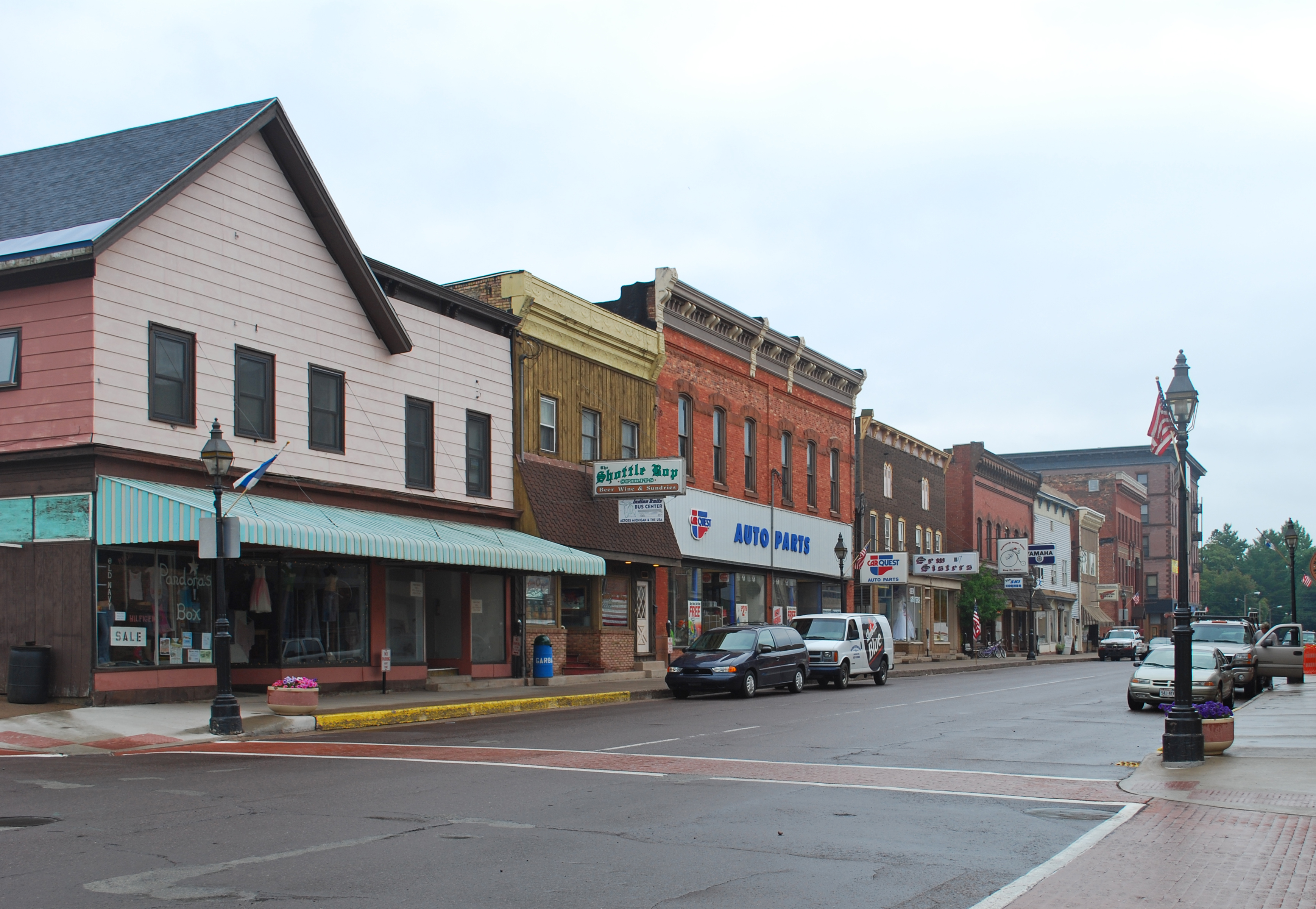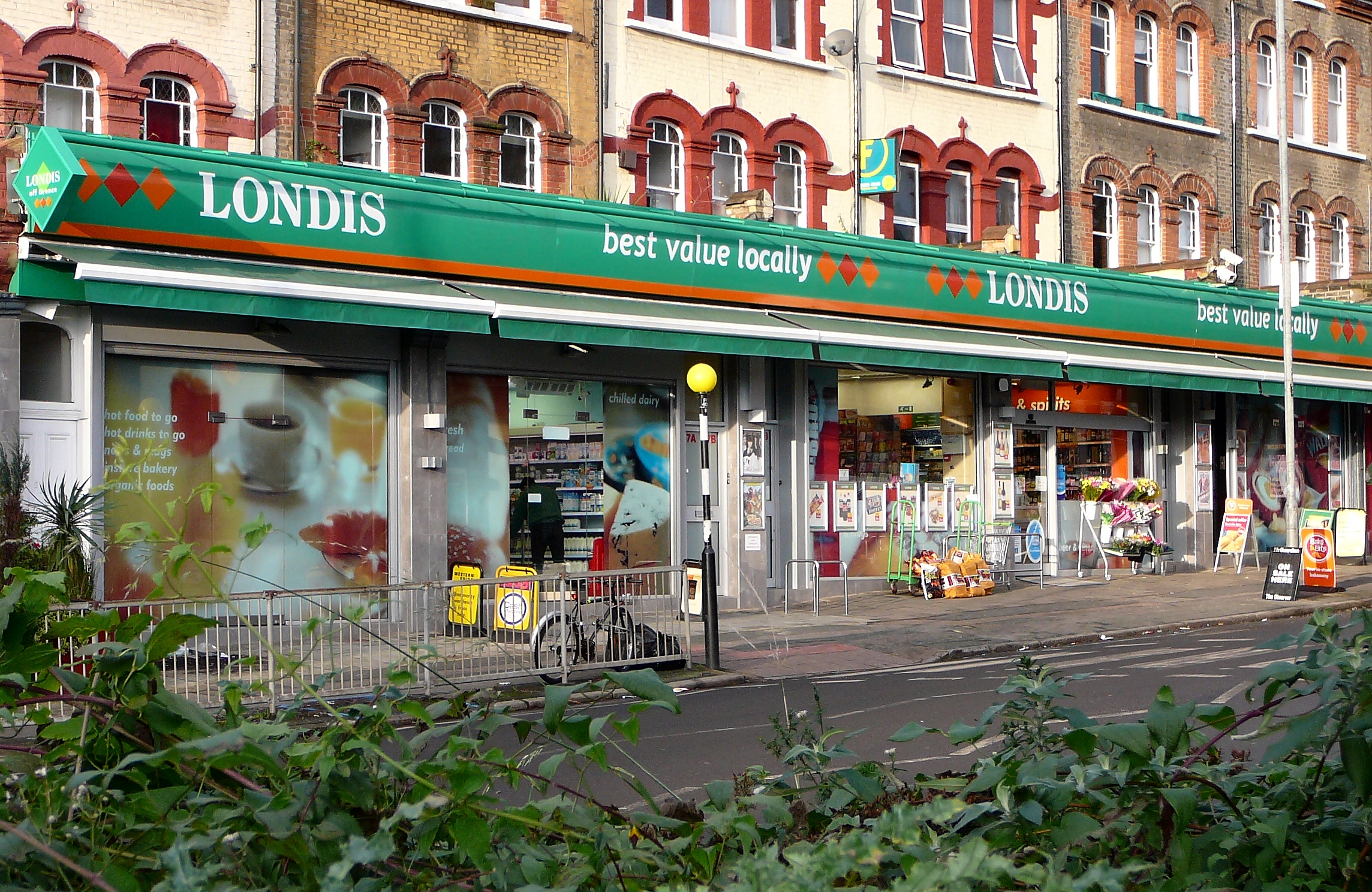|
Netherthong
Netherthong is a village and former civil parish, now in the parish of Holme Valley, and the metropolitan borough of Kirklees in West Yorkshire, England. The village is near the town of Holmfirth, and on the B6107 road to Meltham from the main A6024 Woodhead Road through the Holme Valley from Honley to Holmfirth. It has an estimated population of 1,738 (2018). History The name Netherthong may derive from Old English 'neotherra' (lower) + 'wiktionary:thong, thwang' (narrow strip [of land]); since there is also an Upperthong which is situated on higher ground than Netherthong, the names could designate higher and lower strips of land. The former Methodist Church of Great Britain, Wesleyan chapel in the village was the first in the Huddersfield area. The chapel (now a private dwelling on St Mary's Estate) was opened in 1771. In 1772 John Wesley preached there; in 1757 he wrote "I rode over the mountains to Huddersfield. A wilder people I never saw in England. The men, women and c ... [...More Info...] [...Related Items...] OR: [Wikipedia] [Google] [Baidu] |
William Swinden Barber
William Swinden Barber Royal Institute of British Architects, FRIBA (29 March 1832 – 26 November 1908), also W. S. Barber or W. Swinden Barber, was an English Gothic Revival architecture, Gothic Revival and Arts and Crafts movement, Arts and Crafts architect, specialising in modest but finely furnished Anglicanism, Anglican churches, often with Battlement, crenellated bell-towers. He was based in Brighouse and Halifax, West Yorkshire, Halifax in the West Riding of Yorkshire. At least 15 surviving examples of his work are Listed buildings in the United Kingdom, Grade II listed buildings, including his 1875 design for the Victoria Cross at Akroydon, Halifax. An 1864 portrait by David Wilkie Wynfield depicts him in Romantic garb, holding a flower. He served in the Artists Rifles regiment in the 1860s alongside Wynfield and other contemporary artists. Background Ancestors Barber's great-great-grandfather was Joshua Barber. Joshua was the ancestor of three main branches of the W ... [...More Info...] [...Related Items...] OR: [Wikipedia] [Google] [Baidu] |
Holmfirth
Holmfirth () is a town in the Metropolitan Borough of Kirklees, West Yorkshire, England. It is located south of Huddersfield and west of Barnsley; the boundary of the Peak District National Park is to the south-west. The town is sited on the A635 and A6024 roads in the Holme Valley, at the confluence of the River Holme and Ribble. It mostly consists of stone-built cottages nestled on the eastern slopes of the Pennine hills. Historically part of the West Riding of Yorkshire, Holmfirth was a centre for pioneering film-making by Bamforth & Co., which later switched to the production of saucy seaside postcards. Between 1973 and 2010, Holmfirth and the Holme Valley became well known as the filming location of the BBC's situation comedy ''Last of the Summer Wine''. In 2023, the filming location of Sid's Cafe in the town centre was preserved. There is a Last of Summer wine museum, which was opened by Bill Owen who played Compo, and holiday makers can stay in Nora Batty ... [...More Info...] [...Related Items...] OR: [Wikipedia] [Google] [Baidu] |
Kirklees
Kirklees is a metropolitan borough of West Yorkshire, England. The borough comprises the ten towns of Batley, Birstall, West Yorkshire, Birstall, Cleckheaton, Dewsbury, Heckmondwike, Holmfirth, Huddersfield, Meltham, Mirfield and Slaithwaite. It is governed by Kirklees Council. Kirklees had a population of 422,500 in 2011; it is the third-largest metropolitan district in Yorkshire by List of English districts by area, area, behind Metropolitan Borough of Doncaster, Doncaster and City of Leeds, Leeds. History The borough was formed on 1 April 1974 by the provisions of the Local Government Act 1972 as part of a reform of local government in England. Eleven former local government districts were Amalgamation (politics), merged: the county boroughs of County Borough of Huddersfield, Huddersfield and County Borough of Dewsbury, Dewsbury, the municipal boroughs of Municipal Borough of Batley, Batley and Municipal Borough of Spenborough, Spenborough and the Urban district (Great Britain ... [...More Info...] [...Related Items...] OR: [Wikipedia] [Google] [Baidu] |
Robert Dennis Chantrell
Robert Dennis Chantrell (14 January 1793 – 4 January 1872) was an English church architect, best-known today for designing Leeds Parish Church, now Leeds Minster. Early life Chantrell was born in Newington, Southwark, London. His father, Robert (1765-1840) had interests in a range of businesses that took the family to Europe, settling in Bruges in 1808. He was a pupil in the office of Sir John Soane from 1807 to 1814, where he learnt the principles of Classical architecture. In 1816, Chantrell moved to Halifax where he assisted the architect William Bradley. In March 1819, Chantrell won the competition to build the Leeds Public Baths and he opened a practice in Leeds. Career At the beginning of his career Chantrell designed a string of classical buildings. The Public Baths were single storey with double columns flanking the main door. In May 1819, Chantrell won the competition to design a new hall for the Leeds Philosophical Society, also in a classical design. He went ... [...More Info...] [...Related Items...] OR: [Wikipedia] [Google] [Baidu] |
Upperthong
Upperthong is a village approximately above sea level, in the civil parish of Holme Valley, in the Kirklees district, in West Yorkshire, England, near the town of Holmfirth, approximately south of Huddersfield. In 2005, Kirklees Council stated that the population of Upperthong was 1,116; by 2019, the figure was 1,938. History The name Upperthong may derive from Old English 'uferra' (upper) + ' thwang' (narrow strip f land; since there is also a Netherthong, which is situated on lower ground than Upperthong, the names could designate lower and higher strips of land. p.475 The village used to be in the wapentake of Agbrigg and Morley. Upperthong was formerly a township in the parish of Almondbury. In 1866, Upperthong became a separate civil parish. On 1 April 1921, the parish was abolished and merged with Holmfirth. In 1911, the parish had a population of 2279. Community Village amenities include the parish church of St John, a village hall, a cricket field, and a fish & ... [...More Info...] [...Related Items...] OR: [Wikipedia] [Google] [Baidu] |
Holme Valley
Holme Valley, formerly Holmfirth is a large civil parish in the metropolitan borough of Kirklees in West Yorkshire, England. It has a population of 25,049 (2001 census), increasing to 34,680 for the two wards in the 2011 Census. Its administrative centre is in Holmfirth. Other sizeable settlements in the parish include, Brockholes, Honley and New Mill. It is named from the River Holme that runs through the parish. The parish is the successor to the Holmfirth urban district. An urban district covering Holmfirth was created in 1894 by the Local Government Act 1894 and then in 1938, under a County Review Order, absorbed parts of the Holme, Honley, New Mill, South Crosland and Thurstonland and Farnley Tyas urban districts, keeping the name. Under the Local Government Act 1972 The Local Government Act 1972 (c. 70) is an act of the Parliament of the United Kingdom that reformed local government in England and Wales on 1 April 1974. It was one of the most significa ... [...More Info...] [...Related Items...] OR: [Wikipedia] [Google] [Baidu] |
A Vision Of Britain Through Time
The Great Britain Historical GIS (or GBHGIS) is a spatially enabled database that documents and visualises the changing human geography of the British Isles, although is primarily focussed on the subdivisions of the United Kingdom mainly over the 200 years since the first census in 1801. The project is currently based at the University of Portsmouth, and is the provider of the website ''A Vision of Britain through Time''. NB: A "GIS" is a geographic information system, which combines map information with statistical data to produce a visual picture of the iterations or popularity of a particular set of statistics, overlaid on a map of the geographic area of interest. Original GB Historical GIS (1994–99) The first version of the GB Historical GIS was developed at Queen Mary, University of London between 1994 and 1999, although it was originally conceived simply as a mapping extension to the existing Labour Markets Database (LMDB). The system included digital boundaries for ... [...More Info...] [...Related Items...] OR: [Wikipedia] [Google] [Baidu] |
Former Civil Parishes In West Yorkshire
A former is an object, such as a template, Gauge block, gauge or cutting Die (manufacturing), die, which is used to form something such as a boat's Hull (watercraft), hull. Typically, a former gives shape to a structure that may have complex curvature. A former may become an integral part of the finished structure, as in an aircraft fuselage, or it may be removable, being used in the construction process and then discarded or re-used. Aircraft formers Formers are used in the construction of aircraft fuselage, of which a typical fuselage has a series from the nose cone to the empennage, typically perpendicular to the Flight control surfaces#Longitudinal_axis, longitudinal axis of the aircraft. The primary purpose of formers is to establish the shape of the fuselage and reduce the column length of stringers to prevent instability. Formers are typically attached to longerons, which support the skin of the aircraft. The "former-and-longeron" technique (also called stations and st ... [...More Info...] [...Related Items...] OR: [Wikipedia] [Google] [Baidu] |
Towns And Villages Of The Peak District
A town is a type of a human settlement, generally larger than a village but smaller than a city. The criteria for distinguishing a town vary globally, often depending on factors such as population size, economic character, administrative status, or historical significance. In some regions, towns are formally defined by legal charters or government designations, while in others, the term is used informally. Towns typically feature centralized services, infrastructure, and governance, such as municipal authorities, and serve as hubs for commerce, education, and cultural activities within their regions. The concept of a town varies culturally and legally. For example, in the United Kingdom, a town may historically derive its status from a market town designation or City status in the United Kingdom, royal charter, while in the United States, the term is often loosely applied to incorporated municipality, municipalities. In some countries, such as Australia and Canada, distinction ... [...More Info...] [...Related Items...] OR: [Wikipedia] [Google] [Baidu] |
Villages In West Yorkshire
A village is a human settlement or community, larger than a hamlet but smaller than a town with a population typically ranging from a few hundred to a few thousand. Although villages are often located in rural areas, the term urban village is also applied to certain urban neighborhoods. Villages are normally permanent, with fixed dwellings; however, transient villages can occur. Further, the dwellings of a village are fairly close to one another, not scattered broadly over the landscape, as a dispersed settlement. In the past, villages were a usual form of community for societies that practice subsistence agriculture and also for some non-agricultural societies. In Great Britain, a hamlet earned the right to be called a village when it built a church.-4; we might wonder whether there's a point at which it's appropriate to talk of the beginnings of French, that is, when it wa ... ''village'', from Latin ''villāticus'', ultimately from Latin ''villa'' (English ''villa''). Ce ... [...More Info...] [...Related Items...] OR: [Wikipedia] [Google] [Baidu] |
Londis (United Kingdom)
Londis is a symbol group in the United Kingdom with over 2,000 stores nationwide. Tesco owns the brand, following its 2018 purchase of Booker Group. Although it was formerly a subsidiary, the Londis brand in Ireland is no longer related to Londis (UK). Etymology The name Londis is a contraction of "London District Stores". History Foundation Londis was established in Great Britain in 1959 by Kevin Stanley-Adams as a communally owned company, with each retailer owning a share in the parent company. Acquisition by Musgrave Group In June 2004, the parent company was sold to the Irish Musgrave wholesale chain with a payment of £31,000 being made to each retailer who owned a stake, bringing it under the same ownership as Budgens, which has now adopted a similar franchise based business model. This acquisition proved controversial, with the CEO of Musgrave in the United Kingdom, Eoin McGettigan, steering through the choppy waters of member revolts and counter offers from othe ... [...More Info...] [...Related Items...] OR: [Wikipedia] [Google] [Baidu] |





